|
1. Feed your pet's cells with essential nutrients: This point was number one for a reason, this is where we have 100% control as pet guardians and is a lot of responsibility. Dr. Douglas Kneueven, DVM,CVM, puts his perspective on whole food based nutrition very well and recognizes the importance of whole food nutrition as treatment of conditions; “For decades, clinical nutrition was used supportively for common diseases, but in recent years our viewpoint has changed. “[Nutrition] has emerged as a cornerstone of treatment based on the principles of grade 1 evidence-based medicine,” report Drs. Kirk and Bartges in Veterinary Clinics of North America: Small Animal Practice. “No longer are nutrients simple building blocks, co-factors, or enzymes, but instead regulators of cellular metabolism, gene transcription, or translation. An incomplete understanding of nutrition You don’t have to look too far back in history to see demonstrations of our nutritional ignorance. In the early 1980's, cats were going blind and dying from dilated cardiomyopathy (DCM). Initially, the cause of the problem was considered idiopathic. No one thought cat food that was “complete and balanced” could be the cause. In 1987, it was discovered that DCM was caused by a taurine deficiency. Looking at the research of the day is enlightening. They found that canned cat foods (cooked) required extra taurine supplementation.“We have found that these same canned diets, if fed in an uncooked form, do not cause clinically significant taurine deficiency.” This seems to indicate that cats were meant to eat raw food. “Taurine deficiency alone is not sufficient to cause myocardial failure or central retinal degeneration in all cats…most likely in our opinion, these conditions may be caused by taurine deficiency and other, currently unidentified, cofactor or cofactors.” It appears our understanding of nutrition is incomplete. “When you look at the classic example of taurine deficiency, many [diets] were deficient. The cats that didn’t become ill were those that were going outside and catching mice.” It seems when we try to improve on nature, we often get it wrong. How many other current idiopathic diseases may be related to nutritional issues?". (The Case For Whole Foods, Kneueven, 2013). Now just because you feed a less processed whole food diet does not actually mean your pet is getting what they need, which is why I was thrilled when reading his article he concluded with this statement: "Encouragement for clients My preferred method of providing pets with raw diets is to refer clients to one of the many pre-made raw foods commercially available. Research into the companies is needed to find one whose formulation expertise and nutrient philosophy matches yours. For example some have higher vegetable percentages than others. Another consideration is the method the company uses to mitigate pathogens. Many have turned to high-pressure pasteurization, which makes one wonder how raw the food really is. I do not believe there is any one diet type ideal for every patient and every client. I am also pragmatic and realize that not all my clients are willing or able to provide the nutrition I think is best. Some real food is better than none at all, so I always encourage my clients to at least enhance their animals’ diet with raw or lightly cooked meats and vegetables, or whole food supplements. I am always impressed by the amazing health benefits of whole foods.” (The Case For Whole Foods, Kneueven, 2013). So there you have it folks, from a DVM himself! My 2-cents here is that it is not enough to provide macro-nutrition but they need support in micro-nutrition as well. It again goes back to ‘our’ food chain which is, you guessed it; feed-lot animals. The animals we feed our animals with don’t have the luxury to roam from plain to plain, forest to forest, field to field, they are confined, even when they are free range and free roaming. With that, of course, comes nutrition set backs, both for us and for them. Because of this, I highly recommending strategic ‘bridging of the gaps’ as I call it, with a good quality mineral complex. 2. Supplement with Antioxidants: ‘Anti-’ oxidant means anti- oxidation, a substance that prevents oxidation, what is oxidation? When you cut open into an apple or avocado, after leaving it for a couple minutes you will notice it turning brown, that is because it is oxidizing. Now say right after you cut into that apple you rubbed it with some lemon juice, it will actually not turn brown, that lemon juice is full of vitamin C (antioxidant), so it is protecting that apple from oxidation damage. That is essentially what happens to us on the inside, free radical damage in the body can be caused by many factors including but not limited to; environmental factors, food, stress of any kind including physiological (exercise), etc. Antioxidants help quench free radicals in the body, this is why they are known to be anti-aging. Now, there is a reason why we take a dogs age and times it by 7, they age very rapidly (as do felines but not as quickly as canines). Research from Japan and Europe involving diseases such as cancer and the use of multiple antioxidants showed not only improvement in quality of life but longer survival time as well. It is important to note that there are many different kinds of antioxidants and not all work through the same channels in the body, there are antioxidants that target cardiovascular health, ocular health, pain and inflammation, some that channel through the lymphatic system, some that work through the endocannabinoid system, some the circulatory system, etc. There are antioxidants that interfere with medications and chemotherapy and some that help to enhance them, it is best to speak with someone knowledgeable to pin point exactly which antioxidants would be right for your pet(s). Antioxidants are absolutely crucial and the right ones can do wonders for health and longevity! 3. Weight management: Did you know that if your pet is overweight even slightly, you are increasing their chances for disease and internal stress on organs, joints, etc. by a significant amount? It is a personal pet peeve of mine (no pun intended) when I see an overweight dog or cat, knowing the internal destruction and inflammation going on, and their chances for diabetes, cancer and the likes increasing significantly, all because they cannot help themselves when it comes to food. I have said this time and time again, the worst thing you can do is put up an ‘all you can eat buffet’ for your carnivore. You do not see not one wolf or coyote in the wild carrying that much weight, you want your pets to be lean mean fighting machines, (please see blog post on ‘Lean Pets Have Happier Cells’ to learn more). Now there is a science to that, it is called ketosis. Ketosis is a metabolic state where the body uses fat or stored fat for fuel, not carbs or protein. So, when a wolf goes to hunt, sometimes they catch something, sometimes they don’t. When they don’t their body goes into ketosis, which re-sets their immune system, gut, etc. This is why fasting is so important for carnivores. My own personal philosophy for happy lean pets? I would rather slightly under feed but over supplement (strategically of course) to try to mimic their natural ancestral diet as much as possible. In fact, the oldest living dog recorded (at 31 years of age), a cattle dog in Australia, was fed a species appropriate diet and fed only 3 days a week! You want to be able to feel ribs, not so much see all of them, but definitely be able to feel them. See chart below. 4. Do not over medicate/vaccinate: As I am writing this, currently the news has broken out that there are dangerous amounts of lead leaking into Toronto’s hydro pipelines, affecting schools, homes and other public places. Just so you know, our recommended amount of intake of heavy metals should be at about 0%, even according to Health Canada. The health detriments are endless for heavy metal toxicity, damaging our nervous, endocrine and circulatory systems. Now of course there is a time and place for medications, but one must remember the chemicals and known and unknown toxins, carcinogens and heavy metals that are in concentrated form and I am not just talking pharmaceuticals here, even in the nutraceutical industry one must be very discerning and cautious as to what you are putting and allowing in your system. When it comes to vaccinating you do have a choice to titer test, any veterinarian would or should do it, for puppies and kittens a well thought of vaccine protocol should take place by your vet, taking into account breed, condition and age. Also, ask for mercury-free (thiomersol-free) vaccines if possible. 5. Keep them happy and fulfilled!:
This goes beyond throwing a ball or walking Fido once a day. This point is touching on what your pet was meant to do, their soul purpose in life. If I take a dog that loves to run and confide him for several hours in a day, I am weakening their vital force because they are not doing what they love and were designed to do. I have unfortunately witnessed seeing a dog going from doing what he loved to do, to not, and dying 3 months later of cancer. When I took Monty in, I realized that he was no ordinary Sheppard and so I enrolled him (and of course myself) in a sport that I know he loves because it challenges him in ways he needs to be and wants to be challenged. I have a dog that feels overall fulfilled and happy, and he is happy to be with me. Provide your pet(s) the opportunity (daily or weekly) to do what they love and were meant and designed to do and you will watch them thrive!
0 Comments
Leave a Reply. |
AuthorLucy is an avid pet mom; with dogs, cats, goats and horses to keep her busy! All of her pet 'kids' are fed a species appropriate diet with proper supplementation so she can watch them thrive. Her expertise and experience lie in nutraceutical supplementation and is a health advocate for proper diet and nutrition. Her other passions in life are schutzhund and equestrian riding. Archives
July 2024
Categories |

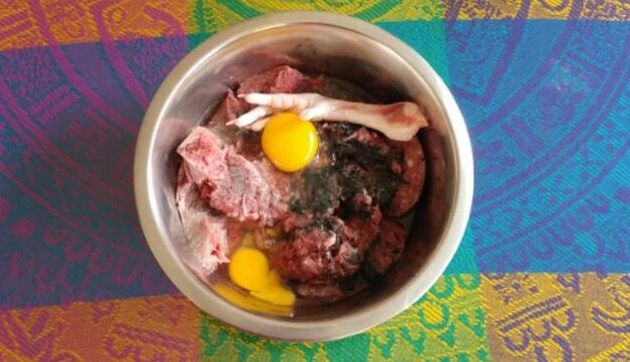
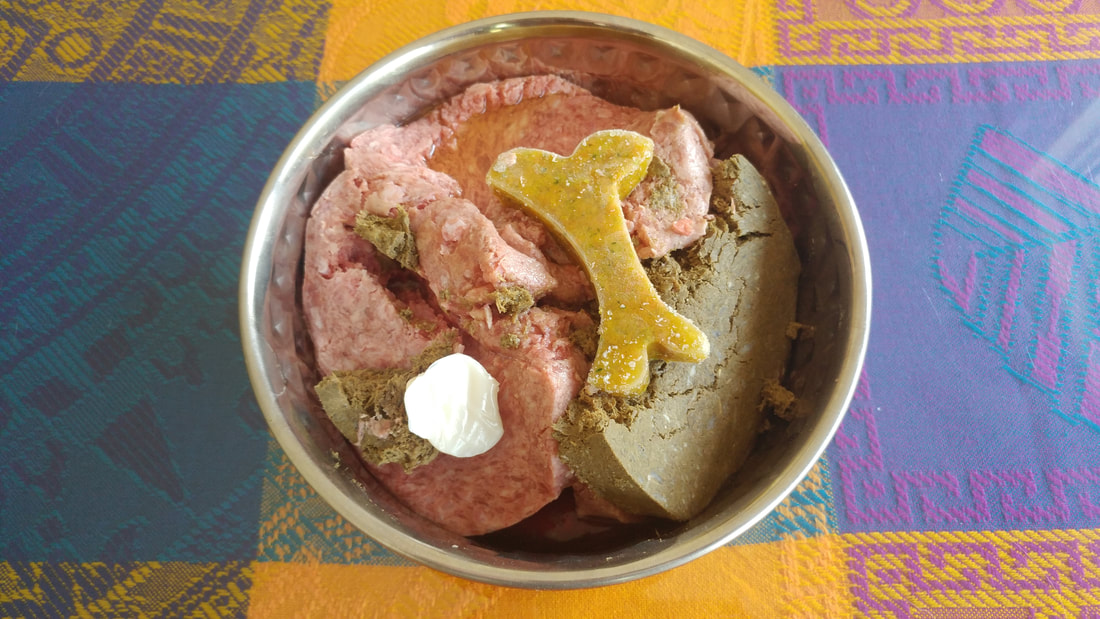
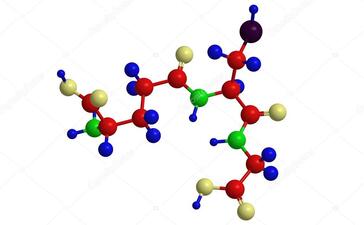
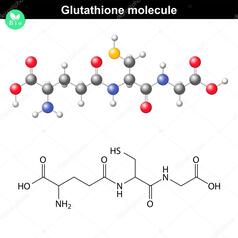
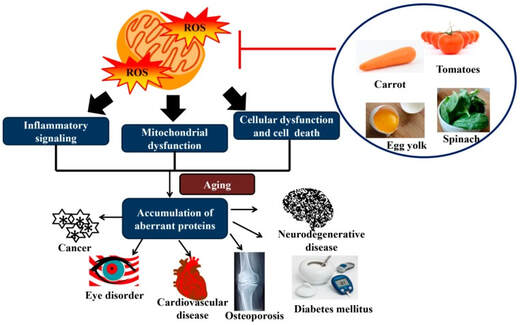
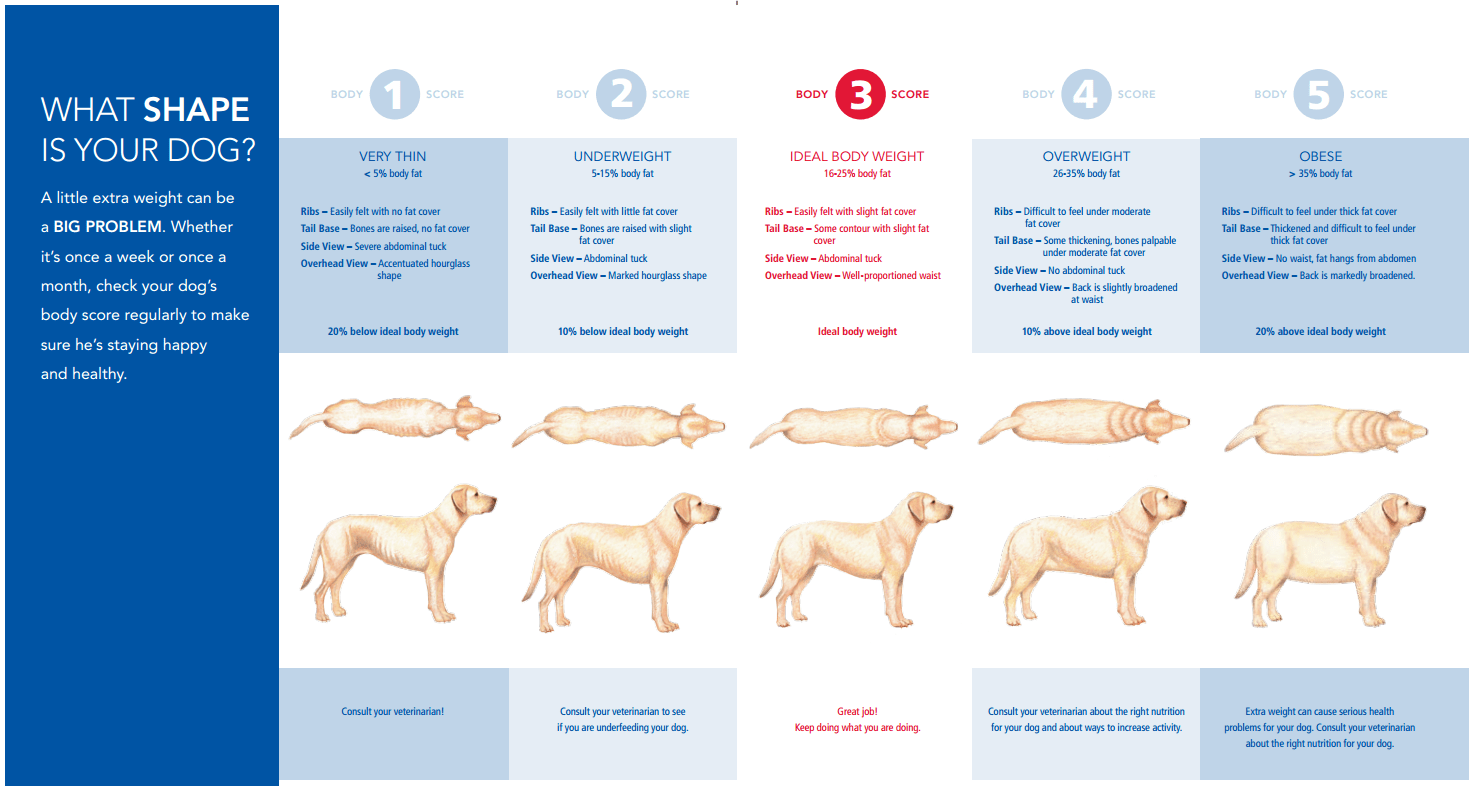

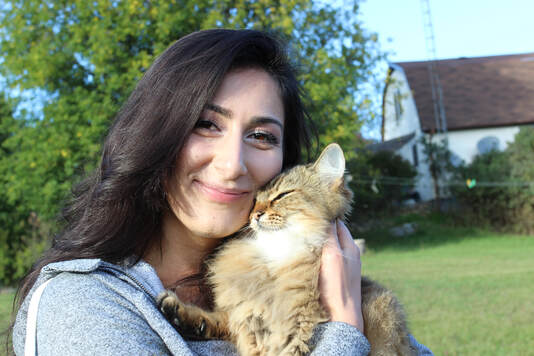
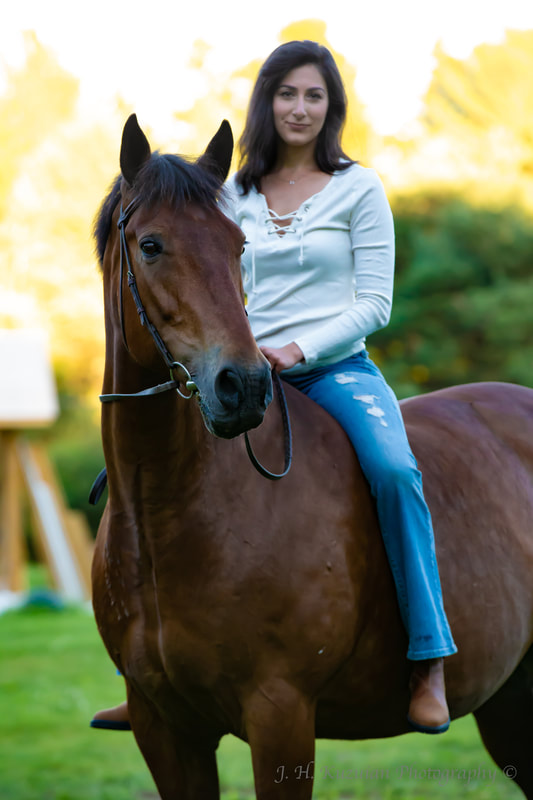
 RSS Feed
RSS Feed